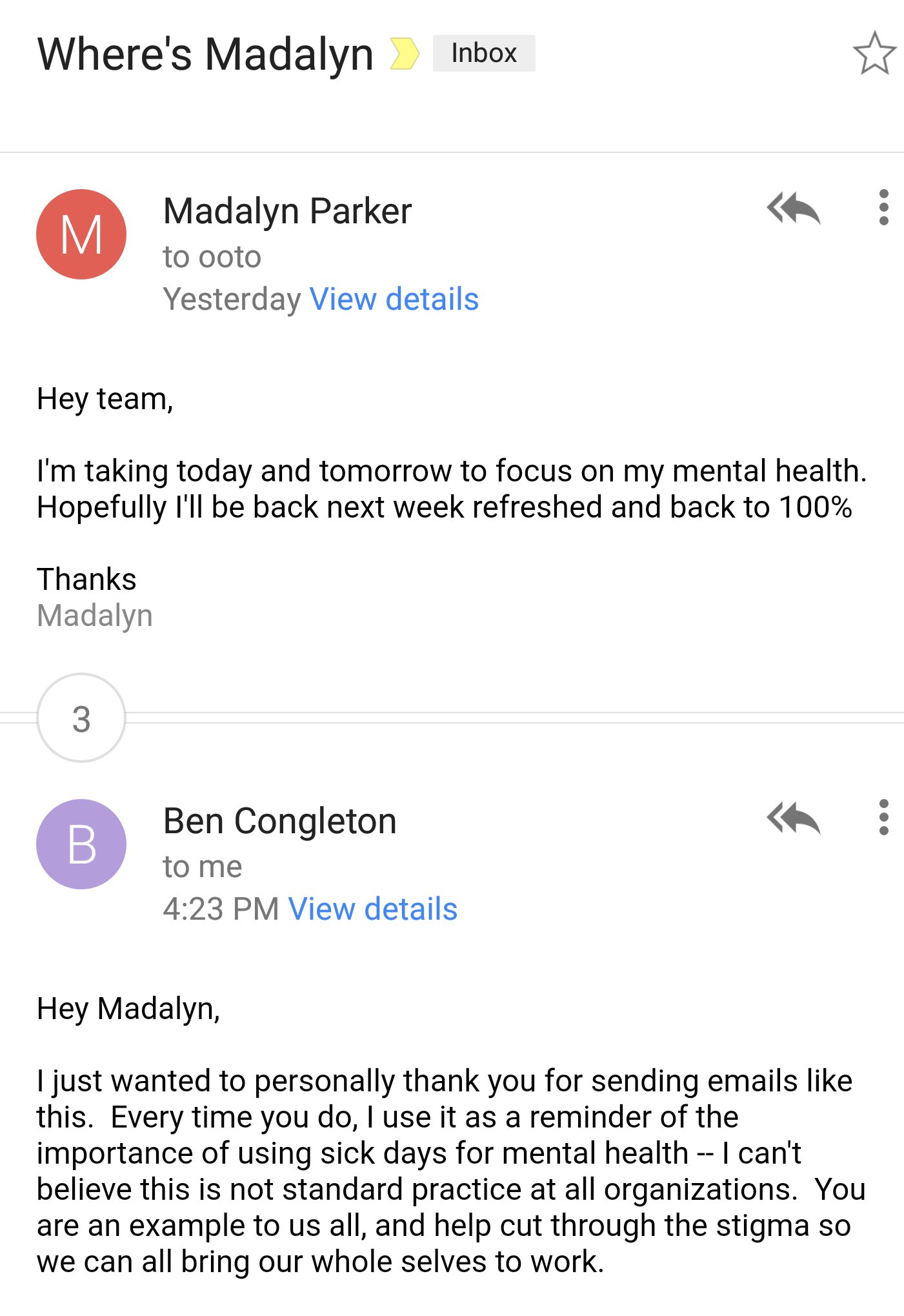Musical hallucinations are more often found in people who are older, but several conditions may also be associated with developing this type of problem. In particular, people who suffer from hearing impairment, brain damage, epilepsy, drug abuse and specific psychiatric disorders such as depression, schizophrenia and obsessive-compulsive disorder are more likely to experience this type of auditory hallucination.
In 1953, Irving Berlin wrote a song for a new musical he had created, Call Me Madam. The song, You’re Just in Love included the lyrics,
"I hear singing and there's no one there I smell blossoms and the trees are bare"
The lyrics are meant to reflect the state of being in love but for some the experience of hearing music when there isn’t any playing has nothing to do with love. Musical hallucinations do exist and the research in the area has demonstrated that while no always the case, they do occur at higher rates in psychiatric patients than in the general population.
In 2004, Hermesh and colleagues noticed that subjects in some of their research were reporting musical hallucinations. Up until then, this symptom was rarely mentioned by psychiatric patients and when it was, it was dismissed as something that wasn’t particularly troubling. These researchers decided to further explore this symptom in psychiatric patients who had been diagnosed with bipolar disorder, major depressive disorder, obsessive-compulsive disorder, panic disorder, schizophrenia, schizoaffective disorder, and social phobia. They ruled out any individuals who had significant hearing loss or known brain damage.
The researchers determined that there was an increase in prevalence rates of musical hallucinations in these psychiatric populations. Overall, the prevalence rate of this symptom was 20 percent higher in the psychiatric subjects although there were different rates based on diagnosis. These hallucinations were experienced by 26 percent of subjects with schizophrenia and 41 percent of those with obsessive-compulsive disorder (OCD). In fact, OCD subjects were found to have experienced musical hallucinations to a much greater degree than had all of the other diagnostic groups combined. The prevalence rate for the OCD group was 30 higher and for subjects who were diagnosed with OCD and one additional psychiatric disorder the prevalence rate increased to 50 percent.
Later research supported these finding and it has been concluded that while musical hallucinations are rare, among psychiatric patients, especially those with OCD, they aren’t entirely uncommon.
It is important to note that all cases of musical hallucinations are related to mental disorders. Research has demonstrated that about .16 percent of people who do not suffer from a psychiatric illness report having experienced musical hallucinations at some time in their life. A number of brain disorders have also been associated with auditory hallucinations, including temporal lobe epilepsy, delirium, dementia, focal brain lesions, cerebral tumors, Parkinson’s Disease and neurological infections such as encephalitis. Musical hallucinations have occurred as a side effect of several medications including pentoxifylline, tramadol and Bromocriptina and as the result of liver transplantation. Drug abuse, intoxication and withdrawal from substances such as alcohol, cocaine, and amphetamines have also been associated with these types of hallucinations.
However, how all these disorders, including the psychiatric conditions, may contribute to the development of musical hallucinations or whether there are other factors that may cause both the hallucinations as well as the associated conditions is unclear at this time. Additional information about this interesting phenomenon can be found in the article, Musical Hallucinations: Blessing & Curse.
References
Baird, A., & Thompson, W. F. (2018). The Impact of Music on the Self in Dementia. Journal of Alzheimer's Disease, 61(3), 827-841.
Bortolon, C., & Raffard, S. (2015). Self-reported psychotic-like experiences in individuals with obsessive-compulsive disorder versus schizophrenia patients: characteristics and moderation role of trait anxiety. Comprehensive psychiatry, 57, 97-105.
Focseneanu, B. E., & Marian, G. (2015). Musical hallucinations–a challenge for psychiatric therapeutical management. Case report. Journal of medicine and life, 8(4), 533.
Hermesh, H., Konas, S., Shiloh, R., Reuven, D., Marom, S., Weizman, A., & Gross-Isseroff, R. (2004). Musical hallucinations: prevalence in psychotic and nonpsychotic outpatients. The Journal of clinical psychiatry.
Kobayashi, Y. (2018). A Case of Traumatic Brain Injury Presenting with Musical Hallucinations. Case Reports in Neurology, 10(1), 7-11.
Naskar, S., Victor, R., Nath, K., & Choudhury, H. A. (2017). “Radio inside my head”: A curious case of early onset “stuck song syndrome” or obsessive-compulsive disorder with predominant musical obsession. Indian journal of psychological medicine, 39(3), 373.
Perez, P. A., Garcia-Antelo, M. J., & Rubio-Nazabal, E. (2017). “Doctor, I Hear Music”: A Brief Review About Musical Hallucinations. The open neurology journal, 11, 11.







